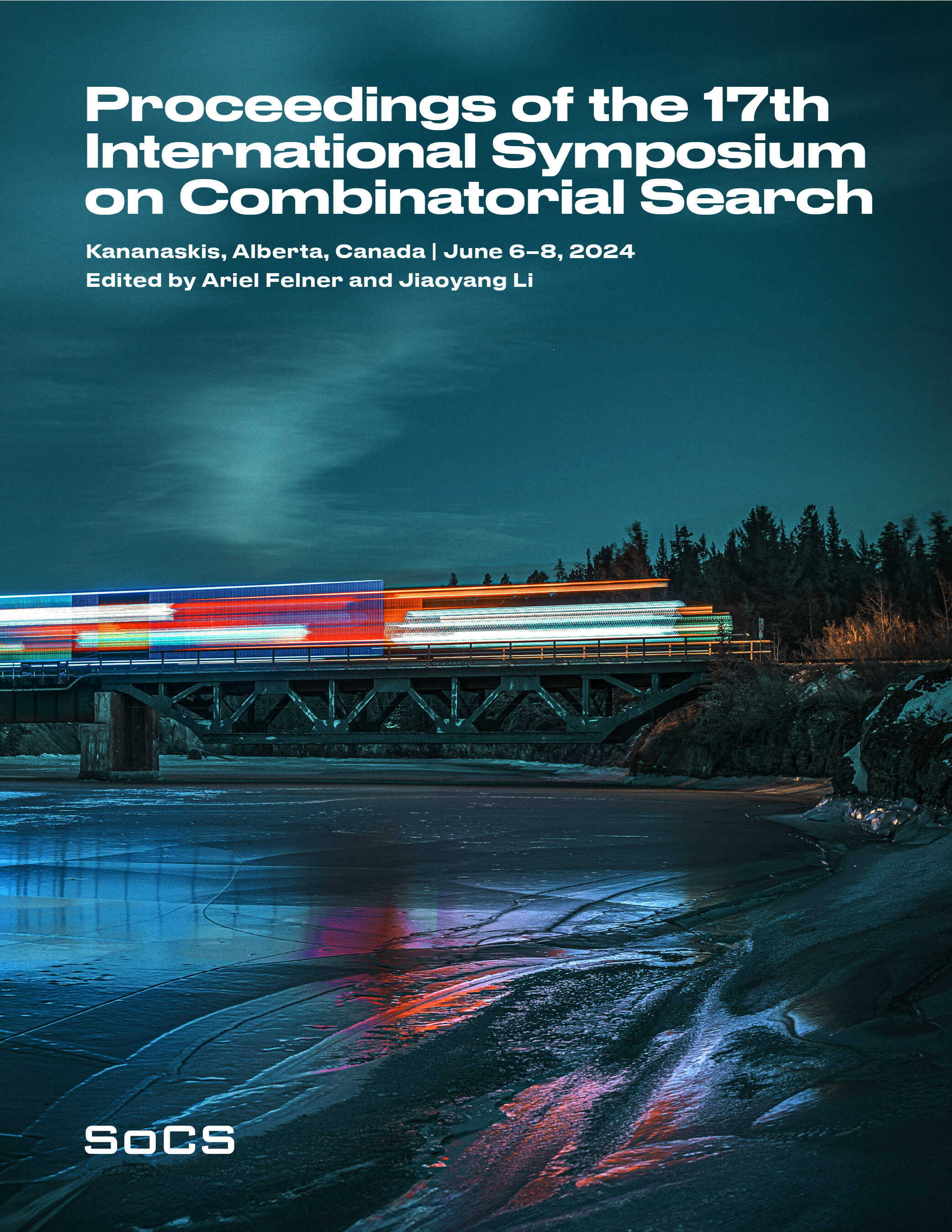Neural Sequence Generation with Constraints via Beam Search with Cuts: A Case Study on VRP
DOI:
https://doi.org/10.1609/socs.v17i1.31549Abstract
In recent years, neural sequence models have been applied successfully to solve combinatorial optimization problems. Solutions, encoded as sequences, are typically generated from trained models via beam search, a search algorithm that generates sequences token-by-token while keeping a fixed number of promising partial solutions at each step. In this paper, we explore the problem of augmenting beam search generation with the enforcement of requirements---hard constraints that any generated solution must adhere to. We propose a hybrid approach, by encoding the requirements in the form of a constraint satisfaction problem (CSP) and iteratively solving the CSP to cut any partial solution within the beam search that is incapable of satisfying the requirements. We study this problem in the context of vehicle routing problems (VRP) further augmented with capacity-related or temporal requirements. We experimentally show that cuts often allow us to satisfy the requirements with negligible impact on solution quality. Without the use of cuts, beam search is shown to be exponentially less likely to satisfy the requirements as the length of the solution increases and/or the requirements are strengthened.Downloads
Published
2024-06-01
Issue
Section
Long Papers

